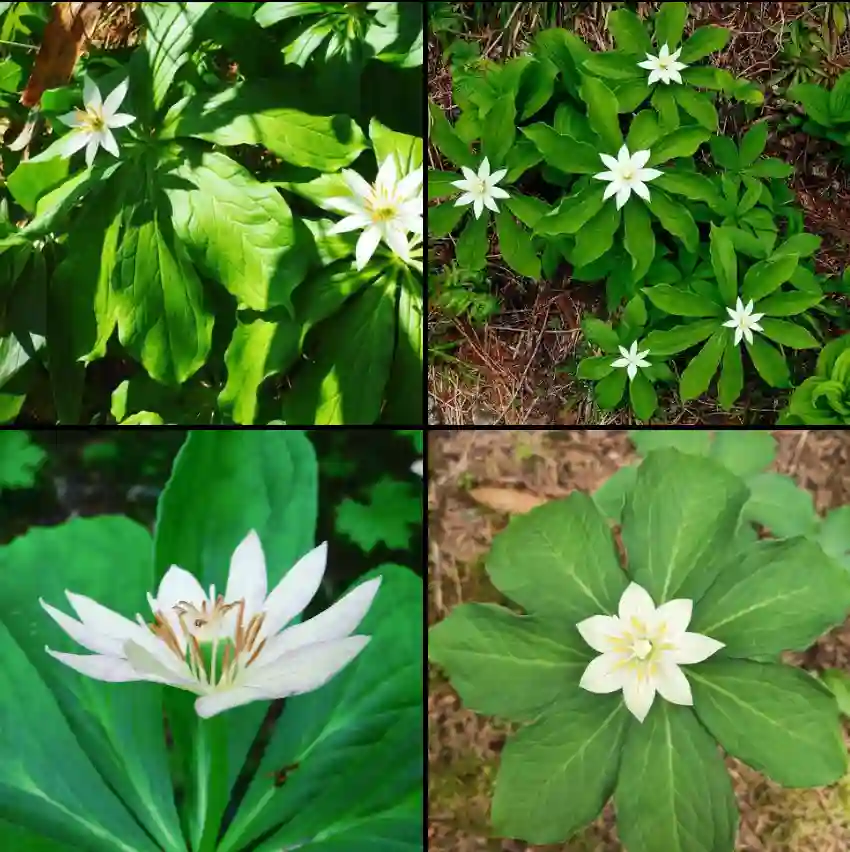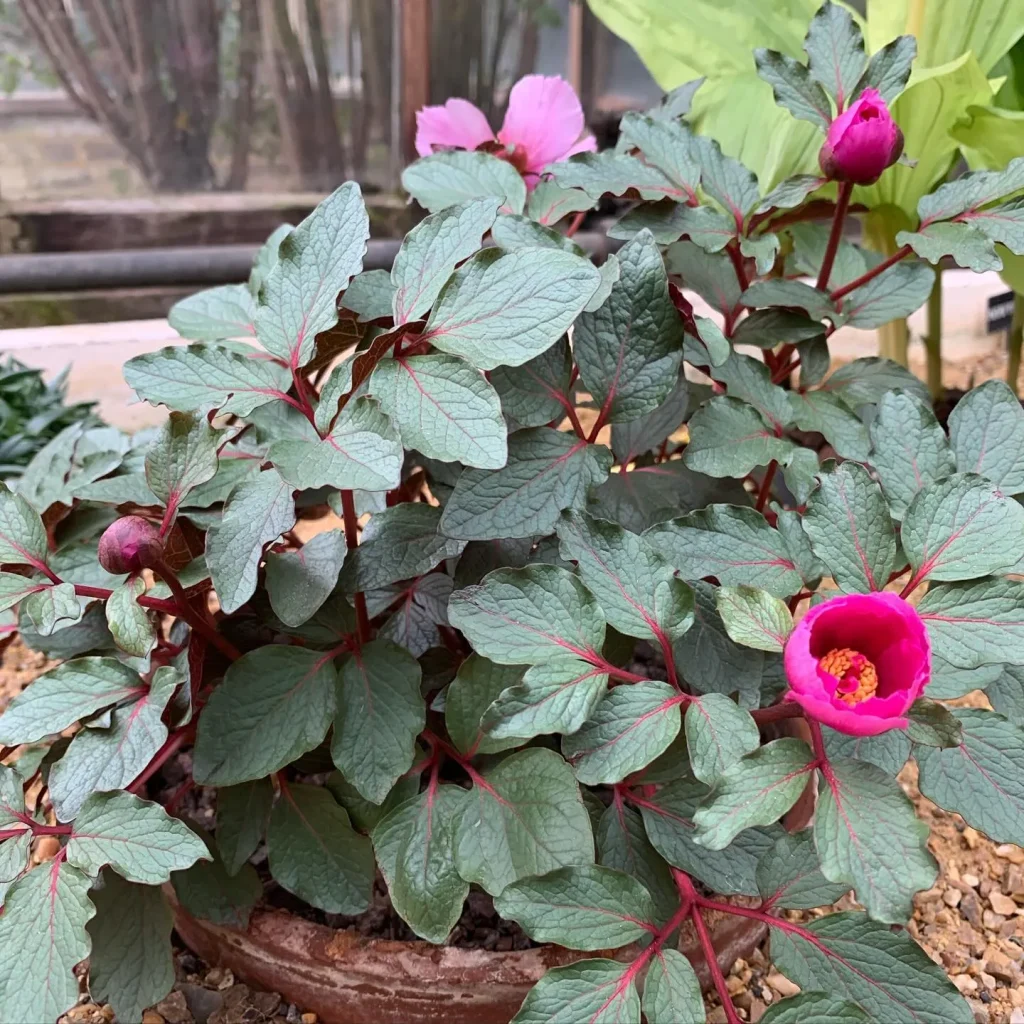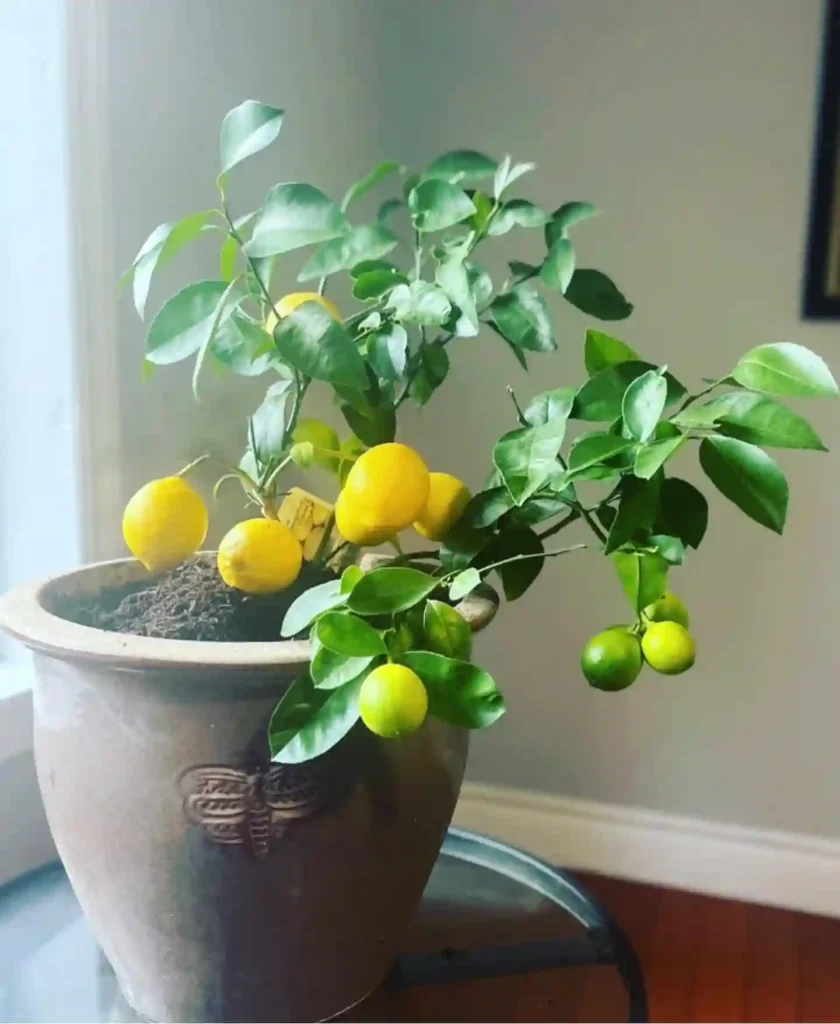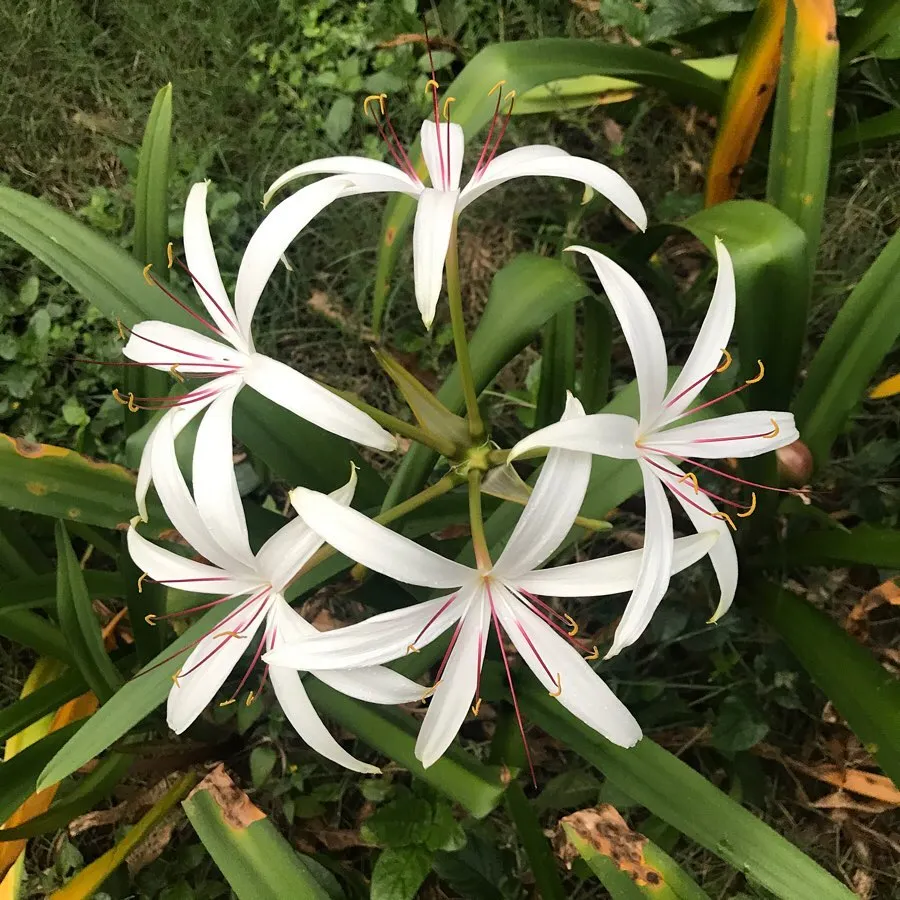All About Aesculus Sylvatica: A Q&A with Ferb Vu
Hi there! I’m Ferb Vu, and I’m here to answer your questions about the Aesculus Sylvatica, also known as the Painted Buckeye. This beautiful flowering tree is a native of the southeastern United States, and it’s gaining popularity as a landscape plant due to its attractive features and adaptability.
So, let’s dive in!
18 Species in Genus Aesculus
What is Aesculus Sylvatica?
The Aesculus Sylvatica is a small, flowering tree that typically reaches heights of 10 to 20 feet. It’s known for its palmate leaves, which have five leaflets that emerge reddish in spring and mature to a glossy green. The real showstopper, though, are the blooms. In early spring, the Aesculus Sylvatica produces showy clusters of yellow-green flowers, sometimes tinged with red. These blooms give way to smooth, brown fruits that mature in fall.
Aesculus Sylvatica vs. Aesculus Hippocastanum (Horse Chestnut)
The Aesculus Sylvatica is often confused with its close relative, the Aesculus Hippocastanum, or Horse Chestnut. Here’s a quick breakdown of the key differences:
- Size: Aesculus Sylvatica is a smaller tree, reaching 10-20 feet, while Aesculus Hippocastanum can grow to 60-100 feet.
- Flowers: Aesculus Sylvatica has yellow-green flowers, sometimes with red accents. Aesculus Hippocastanum has white or pink flowers with a red spot in the center.
- Leaf size: Aesculus Sylvatica leaflets are smaller, typically 4.5-6 inches long. Aesculus Hippocastanum leaflets are larger, reaching 6-8 inches.
- Habitat: Aesculus Sylvatica thrives in moist, well-drained soils with partial shade. Aesculus Hippocastanum prefers full sun and tolerates a wider range of soil conditions.
How to plant and care for Aesculus Sylvatica?
If you’re interested in adding the Aesculus Sylvatica to your landscape, here’s some helpful information:
- Planting: The best time to plant an Aesculus Sylvatica is in fall or spring. Choose a location with well-drained soil and partial shade. Dig a hole that’s twice the width of the root ball and slightly deeper. Gently loosen the roots and place the tree in the hole. Backfill with soil, water thoroughly, and tamp down gently to remove air pockets.
- Watering: Water your Aesculus Sylvatica regularly, especially during the first year after planting. Once established, it’s moderately drought-tolerant but will appreciate deep watering during dry spells.
- Soil: The Aesculus Sylvatica prefers moist, well-drained soil that’s slightly acidic. If your soil is heavy clay, amend it with compost or sand to improve drainage.
- Fertilizing: You can fertilize your Aesculus Sylvatica in early spring with a balanced fertilizer. Avoid over-fertilizing, which can encourage excessive leaf growth at the expense of flowers and fruit.
- Pruning: Pruning is generally not necessary for Aesculus Sylvatica. However, you can remove dead, diseased, or damaged branches anytime. If you want to shape the tree, prune lightly in late winter or early spring.
Common Problems with Aesculus Sylvatica
The Aesculus Sylvatica is a relatively low-maintenance tree, but there are a few potential problems to watch out for:
- Powdery mildew: This fungal disease can cause white spots to form on the leaves. Improve air circulation around the tree and use a fungicide if necessary.
- Leaf scorch: Brown edges on the leaves can indicate underwatering or drought stress. Water your tree deeply during dry periods.
- Insects: Aesculus Sylvatica can be susceptible to pests like aphids, bagworms, and Japanese beetles. Use insecticidal soap or neem oil to control these pests.
Aesculus Sylvatica: A Great Addition to Your Landscape
The Aesculus Sylvatica is a beautiful and versatile tree that can add a touch of elegance to any landscape. With its attractive flowers, interesting foliage, and compact size, it’s a great choice for smaller yards or gardens. With a little care, you can enjoy this native beauty for many years to come.
If i die, water my plants!



